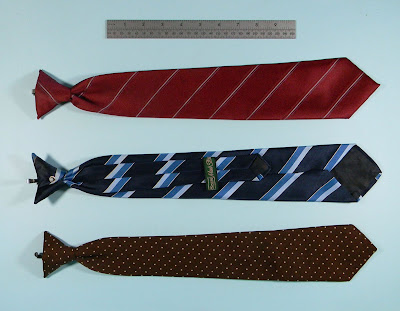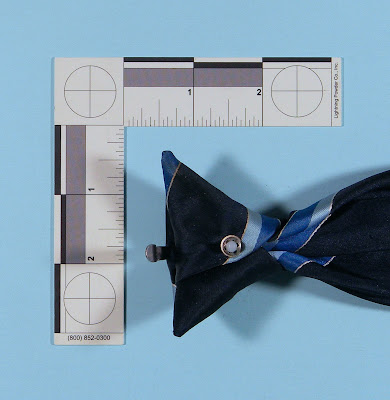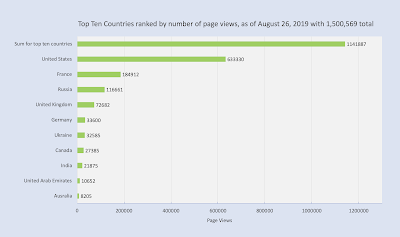On May 11, 2019 I had blogged about Does verbosity come from
having lots of time to kill? The opposite of verbosity is making every single
word count - so you can tell a story in about five minutes. Poets and
songwriters can do this brilliantly. Recently I have been listening to the Bruce
Springsteen studio album Western Stars. A YouTube video of the upbeat song Tucson
Train is shown above. Bruce’s lyrics tell most of the story just in the first and
third verses:
“I got so down and out in Frisco
Tired of the pills and the rain
I picked up, headed for the sunshine
I left a good thing behind
Seemed all of our love was in vain
Now my baby’s coming in on the Tucson train….
We fought hard over nothing
We fought till nothing remained
I’ve carried that nothing for a long time
Now I carry my operator’s license
And spend my days just running this crane
And my baby’s coming in on the Tucson train”
Another sadder song, Chasin’ Wild Horses has mournful pedal steel
guitar along with the strings and horns.
You can listen to it here on YouTube. Lyrics in the second through fourth verses tell most
of that cowboy story:
“Left my home, left my friends
I didn’t say goodbye
I contract out to the BLM
Up on the Montana line
Chasin’ wild horses, chasin’ wild horses
We’re out before sunup, in after sundown
There’s two men in the chopper
Two under saddle on the ground
In the evenings we’d hop in the pickup
Head into town for a drink
Make sure I work till I’m so damn tired
Way too tired to think
You lose track of time
It’s all just storms blowing through
You come rollin’ ‘cross my mind
Your hair flashin’ in the blue
Like wild horses, just like wild horses
Just like wild horses”
What could you edit out of the story you are telling?






























